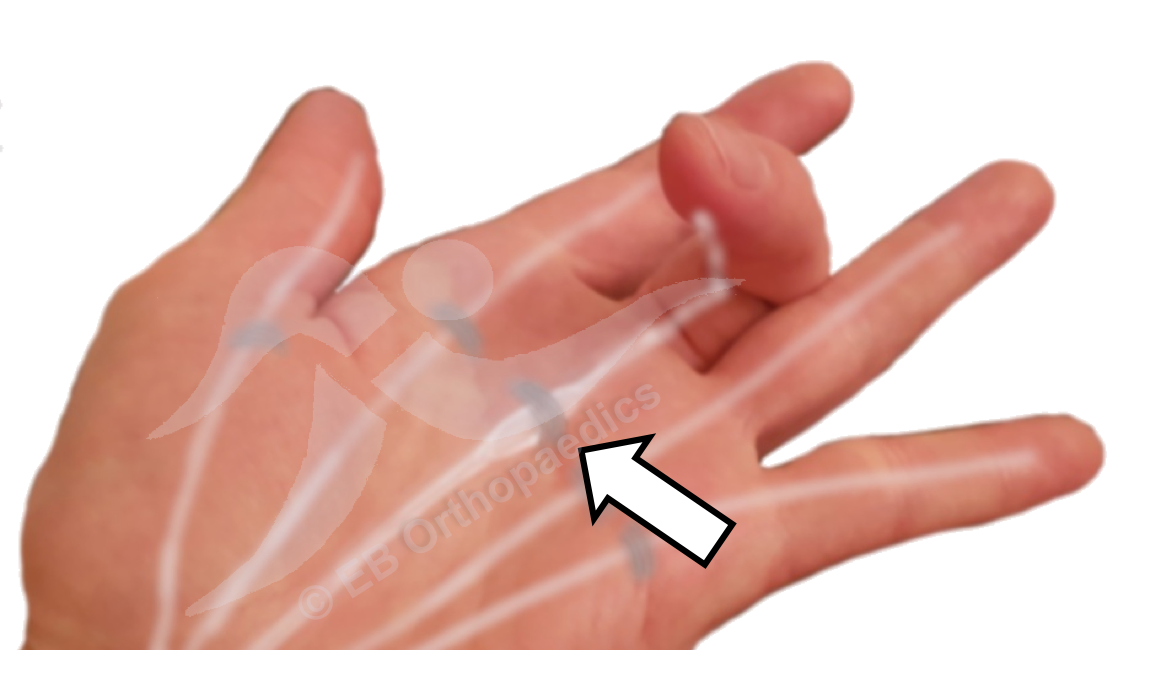Trigger finger / thumb

Trigger finger and trigger thumb occur when the tendons in the hand catch as they move. Because the tendons pass under a series of hoops (or pulleys), if the tendon is swollen then it can get stuck under the normal pulleys. Alternatively, if the pulley swells, a normal tendon can get stuck underneath them.
It is not clearly understood why triggering occurs. Triggering can occur in children from a congenital nodule in the tendon, or in adults following an infection or injury to the hand.
The most typical symptom is a trigger of the finger or thumb. This is where it ‘catches’ as it is flexed and extended. Sometimes people need to use the other hand to help straighten the digit. Often it is first thing in the morning when the digit has not been moved for a while that the triggering is most pronounced. In extreme cases it may get stuck altogether. In addition to the triggering itself, there may be associated pain and swelling.
In the earlier stages resting the affected finger or thumb in a splint and taking anti-inflammatories may be sufficient. A steroid injection may also be enough to settle the inflammation and get the tendon gliding again. Where these have been unsuccessful surgery is helpful.
Surgery aims to release the pulley and allow the tendon to glide freely again. It is performed through a small cut in the palm of the hand under local anaesthetic.
Routine physiotherapy is often not required but may be useful to prevent the fingers getting stiff.
In the very early stage non-surgical treatment can be successful but once established, surgery is often required, and provides a rapid reliable resolution of the triggering.